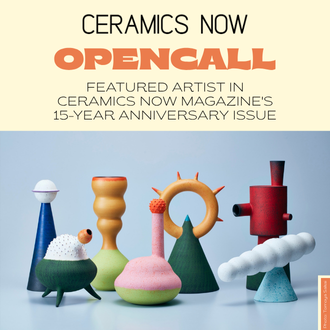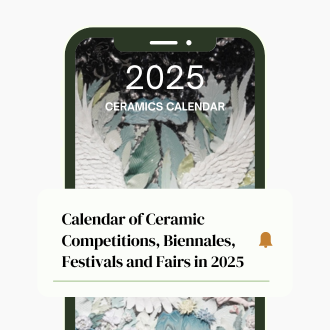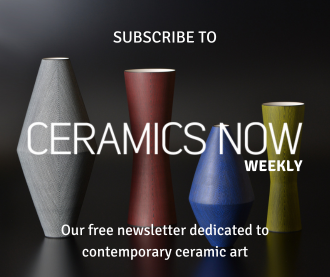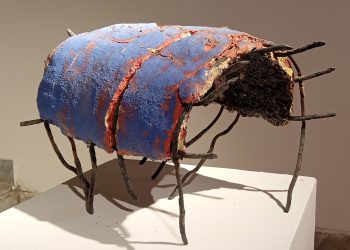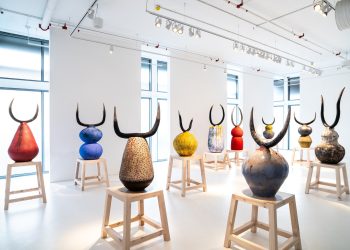Sunbin Lim is a Korean artist based in Wiesbaden, Germany, where he lives and works. He holds a degree from Sangmyung University in South Korea and completed his MFA in Fine Art Ceramics at the IKKG (Institute for Artistic Ceramic and Glass), University of Applied Sciences Koblenz, Höhr-Grenzhausen, Germany. Currently, Sunbin Lim serves as an education expert with a specialization in ceramics at Wiesbadener Jugendwerkstatt GmbH. Additionally, he is the Head of the Ceramic Studio Domaene Mechtildshausen in Wiesbaden, Germany.
Sunbin Lim draws inspiration from various sources, including destroyed buildings, ancient ruins, and the natural world. The architectural remnants of his hometown, Cheolwon, South Korea, which were devastated during the Korean War, as well as the traces of ancient Rome and Moroccan clay castles, have influenced his artistic vision. Furthermore, the forests of Germany also inspire Sunbin Lim’s work.
His artworks have gained recognition through numerous exhibitions, such as the 62nd Faenza Prize in Italy, the Concours International de céramique Carouge 2022 in Switzerland, the 2022 Taiwan Ceramics Biennale in Taiwan, and the 2021 Latvia Ceramics Biennale “Martinsons Award” in Latvia, among others. Notably, Sunbin Lim has been the recipient of several prestigious awards, including the first prize at the 2019 Cluj Ceramics Biennale in Romania, the second prize at the 2021 Cerco International Contemporary Ceramics Award in Spain, and the 2022 Concours International de Céramique Carouge in Switzerland.
Visit Sunbin Lim’s website and Instagram page.
Featured work
Selected works, 2018-2023
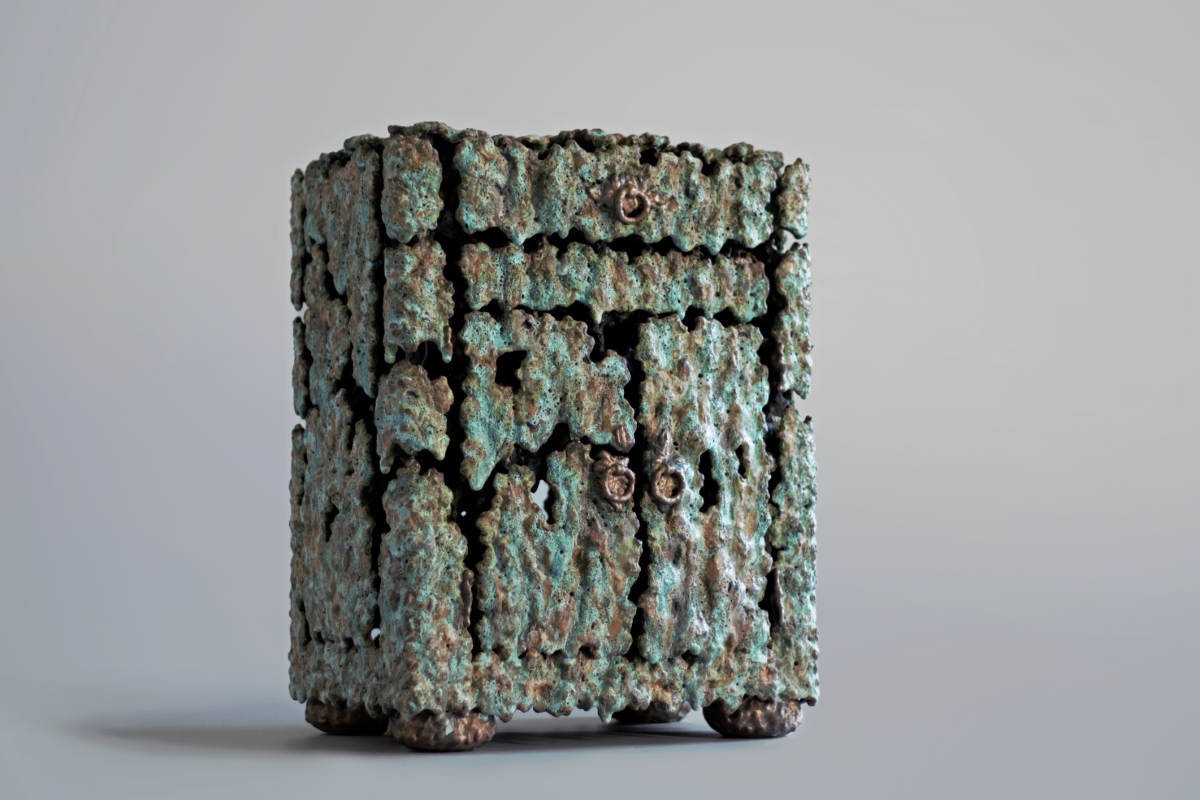
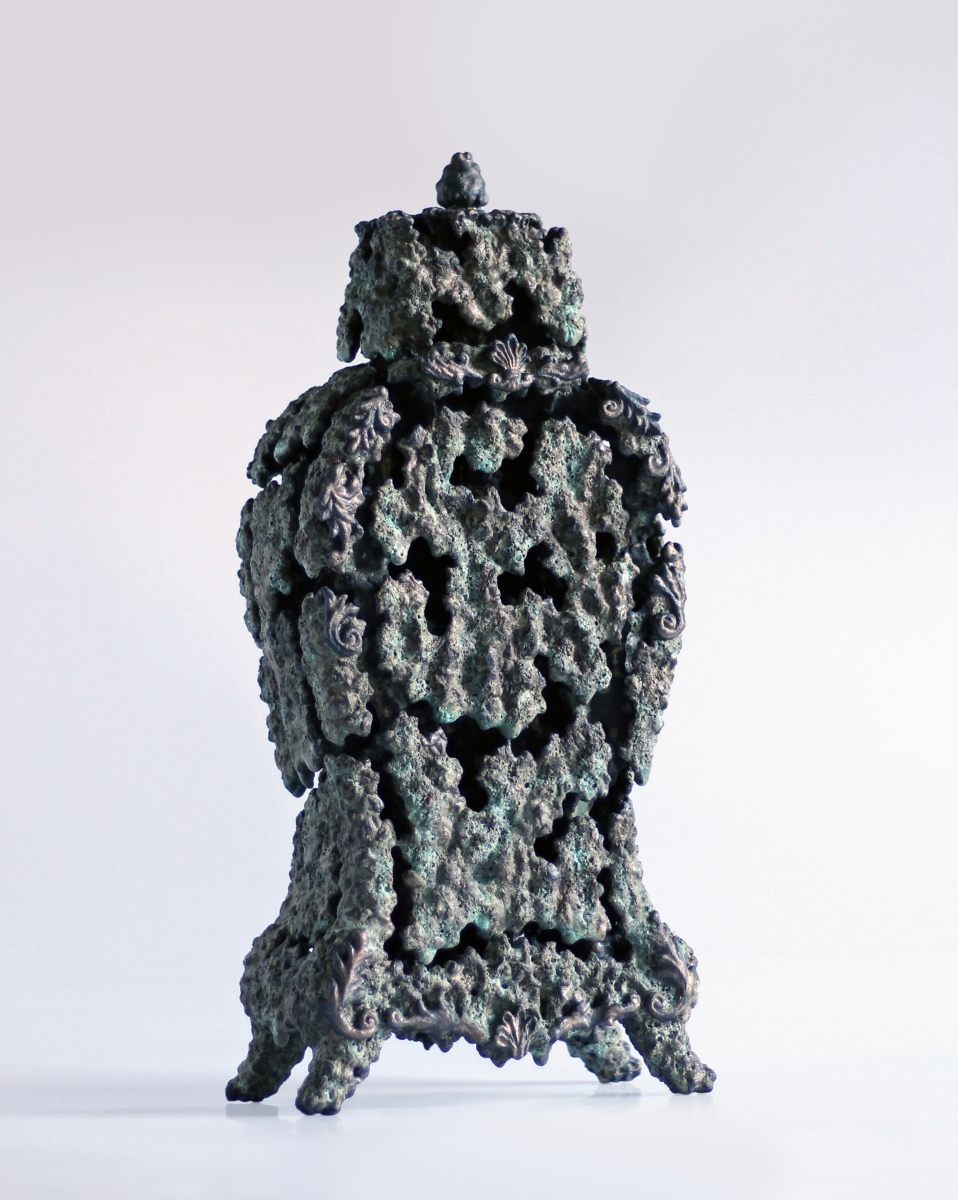
Destroyed buildings, old ruins, and nature inspire me. The architecture of my hometown (Cheolwon, South Korea), destroyed during the Korean War, the traces of old ruins (for example, the remains of ancient Rome and the Moroccan clay castles), and the forests of Germany all inspired me. I was able to find exciting elements through them; these are open structures, internal spaces, and surface textures. I have been working hard on this. I can also feel imperfect beauty through them. These elements are an important basis of my work.
I’ve been working with clay for a long time. I have worked with materials such as wood, metal, plaster, stone, paper, polyester, and clay. But clay is, for me, the best material to work with. I can work with clay easier and faster than with other materials, and if I want to improve my work, it is easier than with metal or wood. Clay is a very soft material, so it is easier for me to achieve different surfaces with clay, and the malleability of the clay as a material is a great advantage. I can easily model with clay; after firing, clay becomes very hard, like a stone. This magic fascinates me.
If I glaze my work after modeling with clay, I can get different natural colors and surfaces after firing, and it can also look like other materials.
I am concerned with the various possibilities of ceramics as an artistic material and am constantly developing the possibilities.The colors in architecture and nature have inspired me spiritually. I first saw the interesting colors in Hangzhou’s Chinese architecture, which made a deep impression on me. Afterward, I was able to let the different colors in nature and architecture affect me while traveling the world. Attractive colors influence my work, so I use different colors. I prefer ceramic colors and glazes in my work, as these look more precious, natural and deeper than other colors. I continue to develop ceramic colors to make my work even better. I am working on the abovementioned elements and reinterpreting interesting objects in my artistic language.




